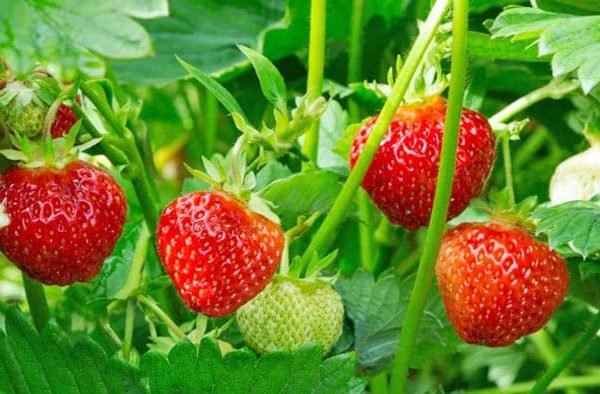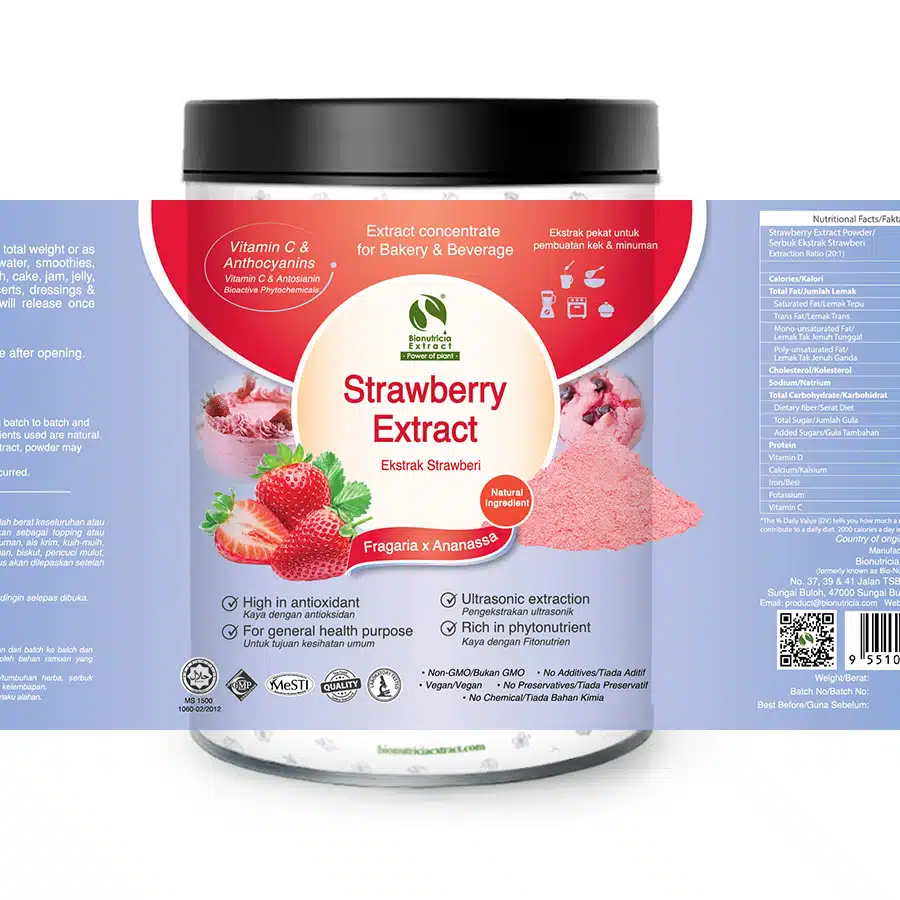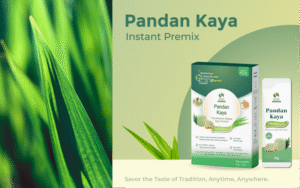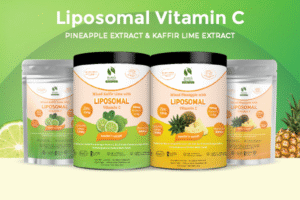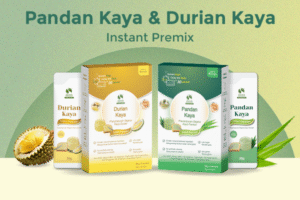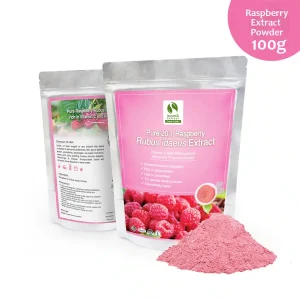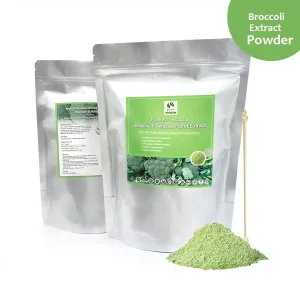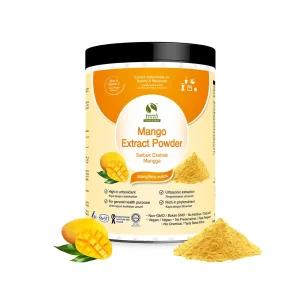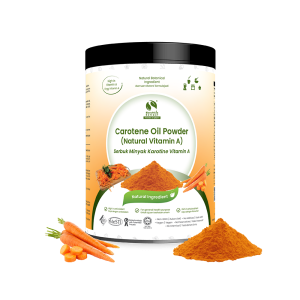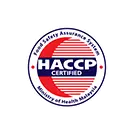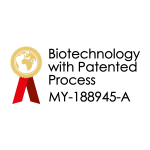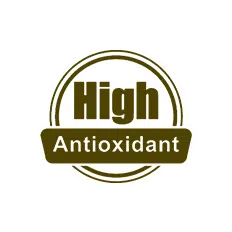Editor’s Note: Each month, HerbalEGram highlights a conventional food and briefly explores its history, traditional uses, nutritional profile, and modern medicinal research. We also feature a nutritious recipe for an easy-to-prepare dish with each article to encourage readers to experience the extensive benefits of these whole foods. With this series, we hope our readers will gain a new appreciation for the foods they see at the supermarket and frequently include in their diets.
The basic materials for this series were compiled by dietetic interns from Texas State University in San Marcos and the University of Texas at Austin through the American Botanical Council’s (ABC’s) Dietetic Internship Program, led by ABC Education Coordinator Jenny Perez. We would like to acknowledge Perez, ABC Special Projects Director Gayle Engels, and ABC Chief Science Officer Stefan Gafner, PhD, for their contributions to this project.
By Hannah Baumana and Kristin Batesb
a HerbalGram Assistant Editor
b ABC Dietetics Intern (TSU, 2014)
History and Traditional Use
Range and Habitat
Strawberry plants are considered herbaceous perennials and have a low-growing habit, reproducing horizontally via rooting runners or stolons.1 Each plant has a compressed, modified stem from which fibrous roots grow downward and multiple stems grow upward from a rosette. Strawberry plants produce a three-part leaflet with coarsely serrated edges. Flowers are white with many stamens and often appear in clusters on short, sturdy stems arising from the crown of the plant. Each flower produces a strawberry, which, botanically speaking, is the ripened receptacle, or base, of the flower.1
Strawberries are indigenous to both Europe and the Americas.2 The modern garden strawberry (Fragaria x ananassa) was developed in the 18th century from two North American species, the Virginia or scarlet strawberry (F. viriginiana), and the Chilean or beach strawberry (F. chiloensis).1 These two strains were crossed to produce larger fruit with a sweeter flavor and distinct fragrance. Today, Australia, Italy, the United States, France, Canada, New Zealand, and Japan commercially produce the largest amount of strawberries.3 The world’s leading producer of strawberries is the United States, with nearly 1.3 million metric tons produced primarily from California followed by Florida and Oregon.
Strawberries are susceptible to a wide variety of plant diseases and pests. For this reason, conventionally grown strawberry plants and fruits are often laden with pesticide and insecticide residues. The Environmental Working Group (EWG) considers the strawberry one of its “Dirty Dozen,” a list of 12 commonly consumed, conventionally grown produce items that are consistently high in harmful pesticide residues.4
Phytochemicals and Constituents
Strawberries, like most dark-colored berries, contain a complex series of phytochemicals that can be divided into six main groups: anthocyanins, flavonols, flavanols, ellagitannins, ellagic acid glycosides, and cinnamic acid conjugates.5 These compounds have significant health benefits and have been studied for their anti-cancer, antimicrobial, antioxidant, anti-parasitic, and antiviral activities, as well as their ability to regulate blood glucose.
Anthocyanins are well-known for their antioxidant properties, as well as giving the berries their red color6; flavonols such as quercetin have antihistamine and anti-inflammatory properties and are considered important in cancer prevention.7 Strawberries also contain a significant amount of proanthocyanidins, a flavanol compound that recently has gained more attention and scientific study. Though grapes (Vitis vinifera), cranberries (Vaccinium macrocarpon), and cacao (Theobroma cacao) are the most well-known common food sources of proanthocyanidins, strawberries contain higher concentrations than both red and green grapes.8 Proanthocyanidins and foods with high levels of the compounds also are being investigated at the in vitro level for their anti-fungal properties, specifically against oral Candida strains.9-11
Historical Uses
The Romans were the first to record medicinal uses of the strawberry, and the practice spread to Greece. The berries were believed to be a cure for gout and helpful for digestive problems.12 During the 16th and 17th centuries, strawberries were cultivated and considered to be part of a healthy diet. Thomas Culpeper, medieval herbalist, noted that strawberries were “singularly good for the healing of many ills,” and while the leaves were the primary plant part used in medicinal preparations, Carl Linnaeus recorded and reportedly proved the efficacy of the berries as a treatment for rheumatic gout.13 The leaves are mildly diuretic and astringent due to their high tannin content, and have been used as a laxative.14
The leaves, fruit, crowns, and roots were used in the preparations of ointments, medicinal teas, and syrups.12 The pulp and juice of the berry were also used in cosmetic preparations, including treatments for teeth whitening, skin whitening, and healing sunburns.13 Today the plant is rarely used medicinally; however, a tea prepared from the leaves is used to treat diarrhea and dysentery. Currently, strawberries enjoy widespread popularity and use as a food. The berries are used in baked goods, desserts, ice cream, pies, gelatin desserts, soft drinks, jellies, syrups, and in the production of wines and liquors.15
Modern Research
The consumption of fruits and vegetables abundant in bioactive compounds and antioxidants — including topical skin application of polyphenols from a variety of dietary sources — has been shown to have a role in the prevention of numerous diseases including skin pathologies, different types of cancer, cardiovascular disorders, as well as age-related degenerative conditions.16 Recent animal studies have shown a potential role of strawberry consumption in improving the aging process, reducing oxidative damage, and improving antioxidant defense.17,18
Other recent in vivo studies have shown positive dietary polyphenol effects including prevention of gastric cancer progression, reduction of inflammation, improvement of plasma lipid profile, reduction of myocardial infarction risk, and increased plasma antioxidant capacity.19,20 Human studies examining polyphenol supplementation have shown that the consumption of 300 g of fresh strawberries significantly enhanced the total antioxidant capacity and serum vitamin C concentration in young, healthy patients.21 One human study showed that an elevated anthocyanin intake, such as the anthocyanins present in strawberries, reduced the risk of myocardial infarction in young and middle-aged women.22 Another human study with young, healthy volunteers consuming 500 g of strawberries daily for one month showed a reduction in triglyceride levels, LDL cholesterol, and total cholesterol.23 The berry’s anthocyanin and dietary fiber content were thought to contribute to this result. However, the average serving size of strawberries is approximately 100 g, making the whole-fruit approach of the previous studies difficult to control and impractical to implement. A similar, placebo-controlled study examined the effect of freeze-dried strawberry powder in drink form on overweight adults and showed a similar trend toward the reduction of LDL cholesterol.24
Nutrient Profile25
Macronutrient Profile: (Per 100 g strawberries)
32 calories
0.67 g protein
7.7 g carbohydrate
0.3 g fat
Secondary Metabolites: (Per 100 g strawberries)
Excellent source of:
Vitamin C: 58.8 mg (98% DV)
Manganese: 0.56 mg (28% DV)
Good source of:
Dietary Fiber: 2 g (8% DV)
Folate: 24 mcg (6% DV)
Also provides:
Potassium: 153 mg (4.4% DV)
Magnesium: 13 mg (3.3% DV)
Vitamin K: 2.2 mcg (2.8% DV)
Vitamin B6: 0.05 mg (2.5%DV)
Phosphorus: 24 mg (2.4% DV)
Niacin: 0.39 mg (2% DV)
Calcium: 16 mg (1.6% DV)
Thiamin: 0.02 mg (1.3% DV)
DV = Daily Value as established by the US Food and Drug Administration, based on a 2,000-calorie diet.
Recipe: Strawberry-Avocado Salsa
Ingredients:
- 1 cup fresh strawberries, finely chopped
- 1/2 large avocado, slightly firm, finely chopped
- 2 tablespoons red onion, finely chopped
- 2 tablespoons fresh cilantro, chopped
- 1 teaspoon grated lime zest
- 2 tablespoons freshly squeezed lime juice
- 1 large jalapeño pepper, seeded and minced
- 1/4 teaspoon sugar
Directions:
- Combine all ingredients in a bowl and stir gently to combine. Serve with fish, chicken, or pork, or enjoy as a dip with tortilla or pita chips.
References
- Holmes R. Taylor’s Guide to Fruits and Berries. New York, NY: Houghton Mifflin Company; 1996.
- Madison D. Edible: An Illustrated Guide to the World’s Food Plants. Washington, DC: National Geographic Society; 2008.
- Murray M. The Encyclopedia of Healing Foods. New York, NY: Atria Books; 2005.
- Shopper’s Guide to pesticides. Environmental Working Group website. Available here. Accessed April 20, 2015.
- Aaby K, Mazur S, Nes A, Skrede G. Phenolic compounds in strawberry (Fragaria x ananassa Duch.) fruits: Composition in 27 cultivars and changes during ripening. Food Chemistry. May 2012;132(1):86-97.
- Lila MA. Anthocyanins and human health: An in vitro investigative approach. J Biomed Biotechnol. 2004(5):306-313.
- Steven D. Quercetin. University of Maryland Medical Center website. Available here. Accessed April 15, 2015.
- Liwei G, Kelm MA, Hammerstone JF, et al. Concentrations of proanthocyanidins in common foods and estimations of normal consumption. J Nutr. 2004;134(3):613-617.
- Rane HS, Bernardo SM, Howell AB, Lee SA. Cranberry-derived proanthocyanidins prevent formation of Candida albicans biofilms in artificial urine through biofilm- and adherence-specific mechanisms. J Antimicrob Chemother. 2014;69(2):428-436.
- Feldman M, Tanabe S, Howell A, Grenier D. Cranberry proanthocyanidins inhibit the adherence properties of Candida albicans and cytokine secretion by oral epithelial cells. BMC Complement Altern Med. 2012;12:6.
- Patel KD, Scarano FJ, Kondo M, Hurta RA, Neto CC. Proanthocyanidin-rich extracts from cranberry fruit (Vaccinium macrocarpon Ait.) selectively inhibit the growth of human pathogenic fungi Candida spp. and Cryptococcus neoformans. J Agric Food Chem. 2011;59(24):12864-12873.
- Darrow G. The Strawberry History, Breeding and Physiology. New York, NY: Holt, Rinehart and Winston; 1996.
- Grieve M. Strawberry. A Modern Herbal. 1931. Available here. Accessed April 15, 2015.
- Li T. Vegetables and Fruits: Nutritional and Therapeutic Values. Boca Raton, FL: CRC Press; 2008.
- Ensmiger A, Ensminger M, Konlande J, Robson J. The Concise Encyclopedia of Foods & Nutrition. Boca Raton, FL: CRC Press; 1995.
- Giampieri F, Alvarez-Suarez J, Battino M. Strawberry and human health: effects beyond antioxidant activity. J Agric Food Chem. 2014;62(18):3867–3876.
- Charles A, Meyer A, Geny B, et al. Polyphenols prevent ageing-related impairment in skeletal muscle mitochondrial function through decreased reactive oxygen species production. Experimental Physiology. February 2013;98(2):536-545.
- Laurent C, Chabi B, Feillet-Coudray C, et al. Polyphenols decreased liver NADPH oxidase activity, increased muscle mitochondrial biogenesis and decreased gastrocnemius age-dependent autophagy in aged rats. Free Radical Research. September 2012;46(9):1140-1149.
- Alvarez-Suarez J, Dekanski D, Battino M, et al. Strawberry polyphenols attenuate ethanol-induced gastric lesions in rats by activation of antioxidant enzymes and attenuation of MDA increase. Plos ONE. October 2011;6(10):1-11.
- Kim J, Kim K, Baik S, et al. Anthocyanins from black soybean inhibit Helicobacter pylori-induced inflammation in human gastric epithelial AGS cells. Microbiology and Immunology. May 2013;57(5):366-373.
- Azzini E, Intorre F, Maiani G, et al. Absorption of strawberry phytochemicals and antioxidant status changes in humans. Journal of Berry Research. 2010;1(2):81-89.
- Cassidy A, Mukamal K, Liu L, Franz M, Eliassen A, Rimm E. High anthocyanin intake is associated with a reduced risk of myocardial infarction in young and middle-aged women. Circulation. January 2013;127(2):188-196.
- Alvarez-Suarez J, Giampieri F, Battino M, et al. One-month strawberry-rich anthocyanin supplementation ameliorates cardiovascular risk, oxidative stress markers and platelet activation in humans. Journal of Nutritional Biochemistry. March 2014;25(3):289-294.
- Basu A, Betts NM, Nguyen A, Newman ED, Fu D, Lyons TJ. Freeze-dried strawberries lower serum cholesterol and lipid peroxidation in adults with abdominal adiposity and elevated serum lipids. J Nutr. 2014;144(6):830-837.

